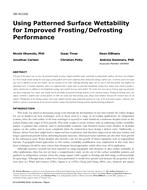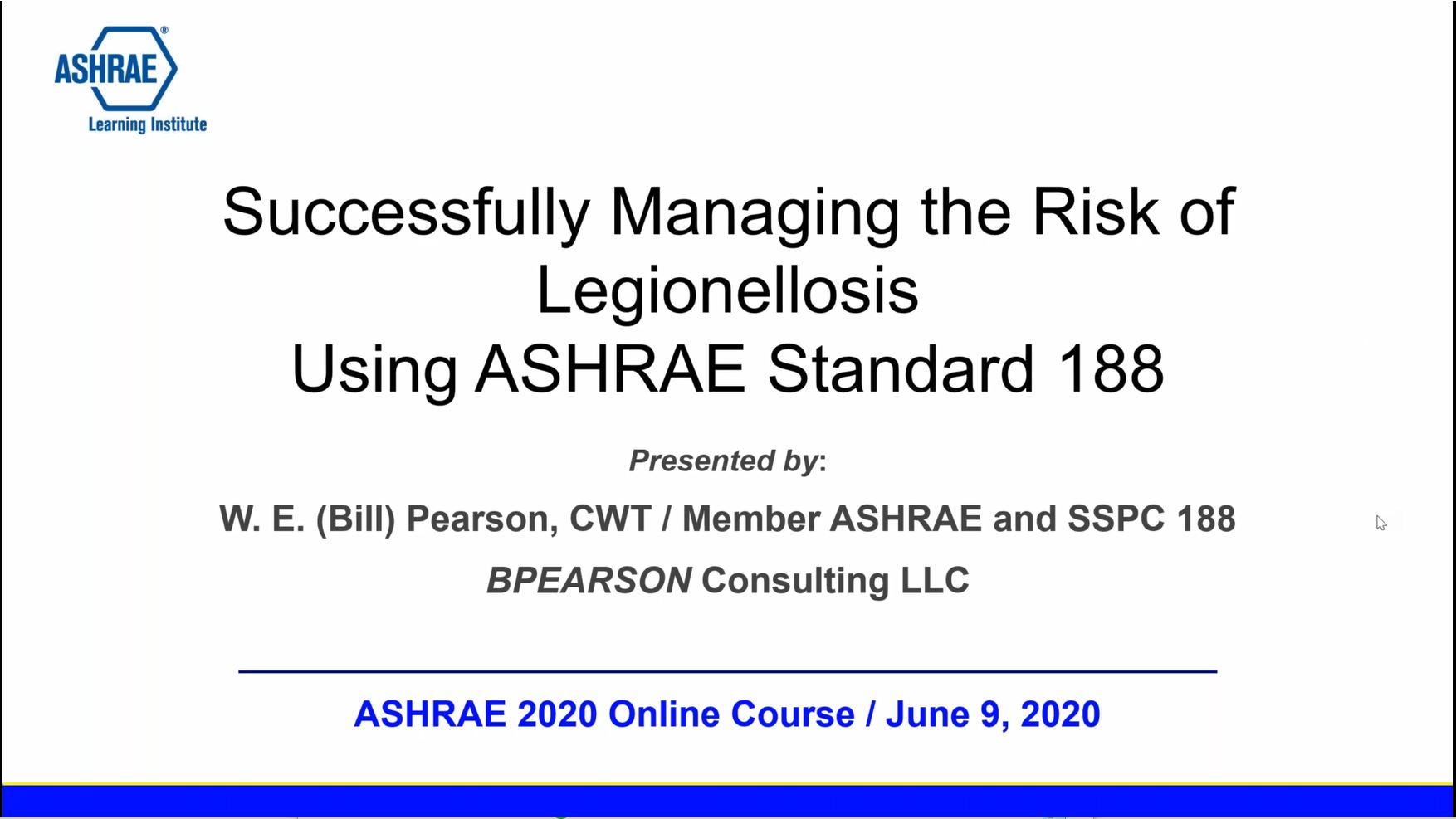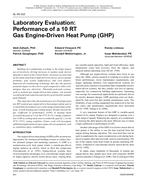In the moderately cold climate areas, the assessment of the vapor retarder for insulated wooden roof structures is important. In the case of a tight roofing felt, it is common to use retarders with a resistance of 100 m at the inside of the structures. A condensation amount of less than 50 g/m2 will arise. However, in the case of built-in moisture, the structure cannot dry out and damage will follow. With a resistance of 2 m, the amount of condensation increases to 250 g/m2, but the built-in-moisture can dry out. For a pitched roof (toward the south) with an extremely high initial wooden moisture content of 30 V-% (0.3 m3/m3) the drying process takes about four years. With a moisture-dependent vapor retarder (wintertime 4 m, summertime 0.5 m) the moisture behavior of the insulated wooden structure can be improved further. In the case of a vapor permeable roofing membrane, the drying out process of the rafters and the roof battens can be reduced to three months without any condensation in the future. A simulation has been performed for coupled heat, air, and moisture transfer in building structures with hourly values of the Test Reference Year of Munich as boundary conditions.
Authors: Heiko Fechner; Peter HÃupl, Dr.-Ing. habil.
Citation: Thermal Performance of the Exterior Envelopes of Buildings VIII
Keywords: December, Florida, 2001
Citation: Thermal Performance of the Exterior Envelopes of Whole Buildings VIII
Product Details
- Published:
- 2001
- File Size:
- 1 file , 760 KB
- Product Code(s):
- D-8030


